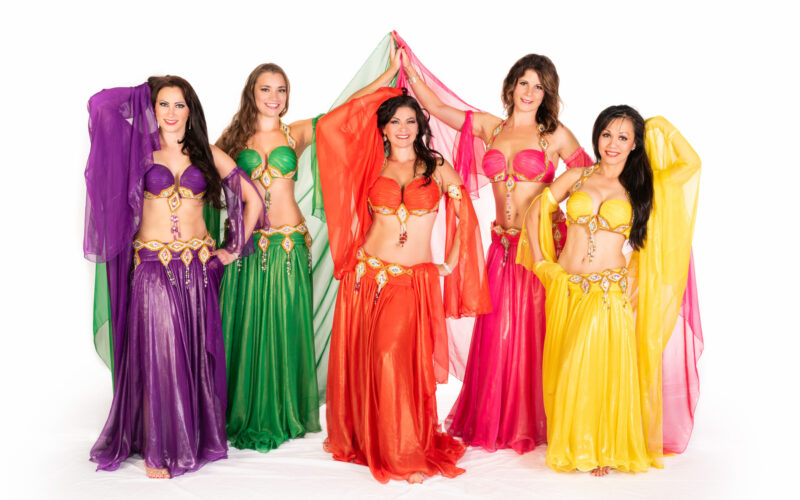When a dancer performs in front of an audience, they wear a dance outfit. A dance costume can be made specifically for a dance performance or patterned on a traditional look, like those seen in ceremonial and folk dances. Dance clothes can represent or connect to characteristics, mood, or the subject of the dance.
Dance costumes are typically made to blend in with the dance and not obstruct the dancer’s movements. A costume may be intended to reveal or accentuate the dancer’s body’s lines, represent the choreographer’s creative vision, engage the audience, or all of them at once. It may be loose-fitting or form-fitting to accentuate the dancer’s body shape. Meanwhile, costumes are created in line with the dancer’s expected motions, as well as the dancer’s budget. The choreographer, costume designer, costume manufacturer, and dancer may all collaborate to create an outfit.
Designing a Dance Costume
- Color
The color of a dancer’s outfit can be utilized to highlight them, and the colors of a costume usually contrast with the lighting, accessories, and props used in the dance. Color can also affect the audiences’ emotions; thus, outfit colors should be chosen according to the dance’s emotions.
Violet, for example, can make you feel cold, while red can make you feel warm. Colors can also have symbolic meanings; for example, green conjures up feelings of envy, whereas white conjures up feelings of purity. The dancer’s costume may also include layers of color that show themselves as the dancer moves.
Colors in the costume can be chosen to match the dancer’s body type or skin tone and improve body line and form. Darker colors make the dancer appear leaner, while lighter hues make them appear broader.
Complex patterns or color schemes are often avoided since they might disrupt body lines and make the dancer look bigger in the case of tights, while strong, bright hues can sometimes be tiring to the eyes. On the other hand, gradients are commonly used for color transitions since stark color contrasts tend to visually split the body into segments.
- Material
When choosing a material, its ability to absorb and reflect light might be considered. Furthermore, since dance is all about movement, the way a fabric hangs or flows on the dancer is crucial.
Silk, for example, is a lightweight material that moves quickly and easily along with the body. And since they don’t limit mobility, stretchable fabrics like jersey, silk, chiffon, Georgette, and Lycra are popular. Besides, when dyeing a costume, natural fabrics like cotton or silk are commonly used since they absorb dye easily.
- Pattern and Texture of the Cloth
The texture and patterns of a dancer’s costume can draw attention to or hide portions of their body. Vertical lines, for example, visibly extend and thin the body, whereas horizontal lines visually shorten and broaden it.
Shade, patching, tie-dyeing, and applique methods such as sketching with a fabric pen or painting on the cloth, spraying the fabric, or sewing into the fabric create custom textures and patterns. When painting or spraying on costume cloth, stencils are often utilized.
- Making of Dance Clothes
Dance costumes are made to allow dancers to move freely without causing damage to them. For example, if a dancer is being raised, the costume will usually be constructed such that the lifter’s fingers do not snag on it. Also, the armhole is often cut excessively high to allow for unrestricted mobility at the armpit.

